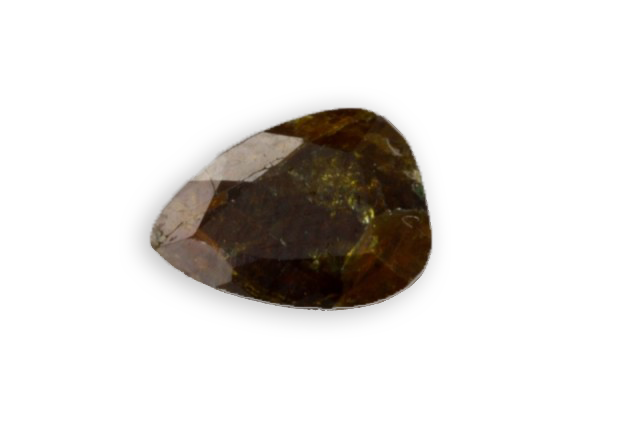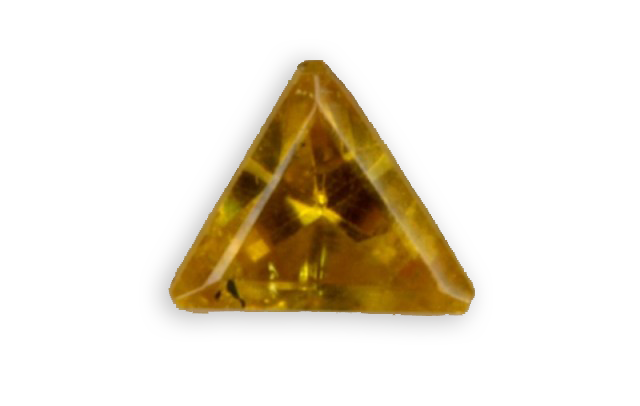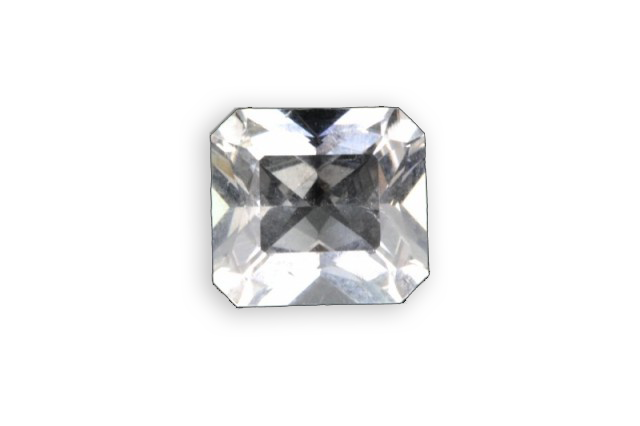
resinous
Je vous emmène à travers mes vidéos découvrir mon expérience acquise depuis plus de 30 ans a silloner le globe entier à la recherche de pierres précieuses, de rencontre mémorables mais aussi de difficulté parfois …
actualités
Categories

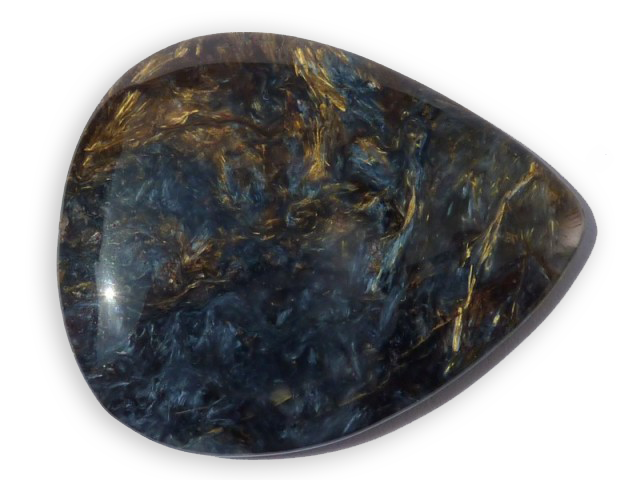
pietersite
ck_admin
March 24, 2021
Discovered in 1962 by Pieters in Namibia, this breach consists of an hawk eye and a tiger’s eye (crocidolite). Subsequently, it was discovered in China a rock quite close in appearance to Pietersite, which would be a amphibole rich in torendrikite instead of crocidolite. This
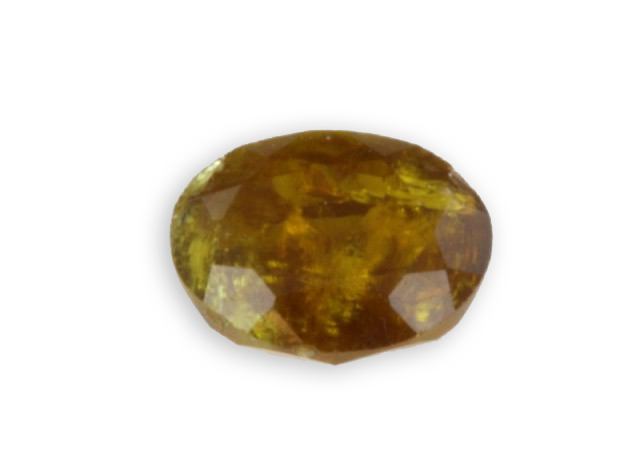
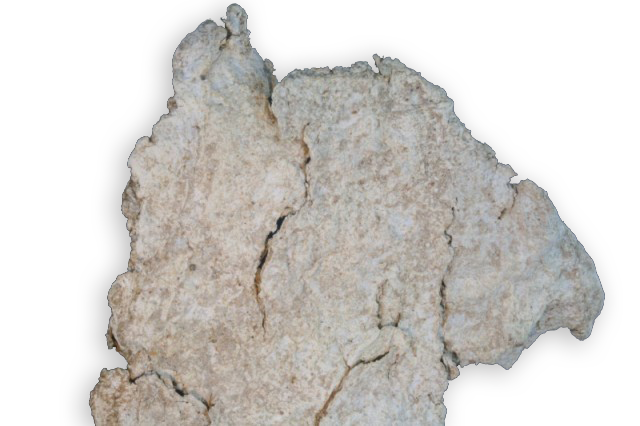
palygorskite
ck_admin
March 24, 2021
Identified in 1862, its name comes from that of a deposit in the Urals in Russia. Sometimes called “angel skin opal” because of its resemblance, but it’s not an opal.
